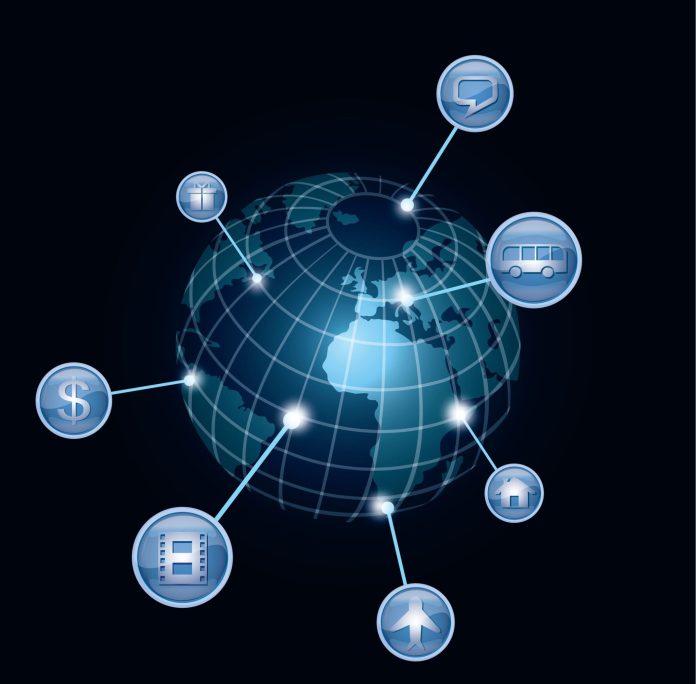Sensors are small pieces of hardware which enable the “internet of things” by monitoring processes, collecting huge amounts of data and taking several measurements. The falling prices of these sensors is helping drive down IoT deployment costs and is enabling an increasing number of use cases in the IoT space.
There are specific sensors for each IoT use case, depending on the requirements of the installation. There are sensors for measuring temperature, pressure and others to monitor the quality of the air or of waters. We will take a look at several different types of sensors and their corresponding use cases.
Temperature sensors
These sensors can be utilized in nearly every IoT environment, from the factory floor to agricultural fields. In manufacturing, temperature sensors can continually measure the temperature of a machine to ensure it stays within a secure threshold. In agriculture, these sensors are deployed to track the temperature of soil, water and plants to maximize output. These sensors can also be used in health-related IoT projects. Contact temperature sensors are required to be in physical contact with the object being sensed and use conduction to monitor changes in temperature. They can be used to detect solids, liquids or gases over a wide range of temperatures. Meanwhile, non-contact temperature sensors use convection and radiation to monitor changes in temperature.
Proximity sensors
These sensors are able to detect the presence of nearby objects or persons without any physical contact. These sensors detect motion and are frequently used in a retail setting. Retailers can use a customer’s proximity to a product to send deals and coupons directly to their smartphone. Proximity sensors can also be used to monitor the availability of parking spaces in large venues like airports, malls and stadiums. Also, proximity sensors are used in manufacturing environments such as beverages and food can making lines.
Pressure sensors
A pressure sensor may be used to sense the decay of pressure due to a system leak. These devices can determine the flow of water through pipes and notify the correct authority when something needs to be fixed. Pressure sensing is useful in weather instrumentation, aircraft, automobiles, and any other machinery that has pressure functionality implemented.
Water quality sensors
These type of sensors are mostly used in precision agriculture, water treatment and rainwater quality monitoring.
Chemical/smoke and gas sensors
These devices can be used for air quality control management in smart buildings and throughout smart cities.
IR sensors
Infrared sensors can be used to create a range of smart products including heart rate and fitness monitors, security alarm circuits and smart toys, among others. IR sensors can also visualize heat leaks in houses, help doctors monitor blood flow, identify environmental chemicals in the environment and can be also integrated with wearable electronics.
Level sensors
Level sensors detect the level of liquids and other fluids including slurries, granular materials and powders that exhibit an upper surface. Level sensors can be used for smart waste management and recycling purposes. Other applications of level sensors include measuring tank levels; diesel fuel gauging; liquid assets inventory; high or low level alarms; and irrigation control.

